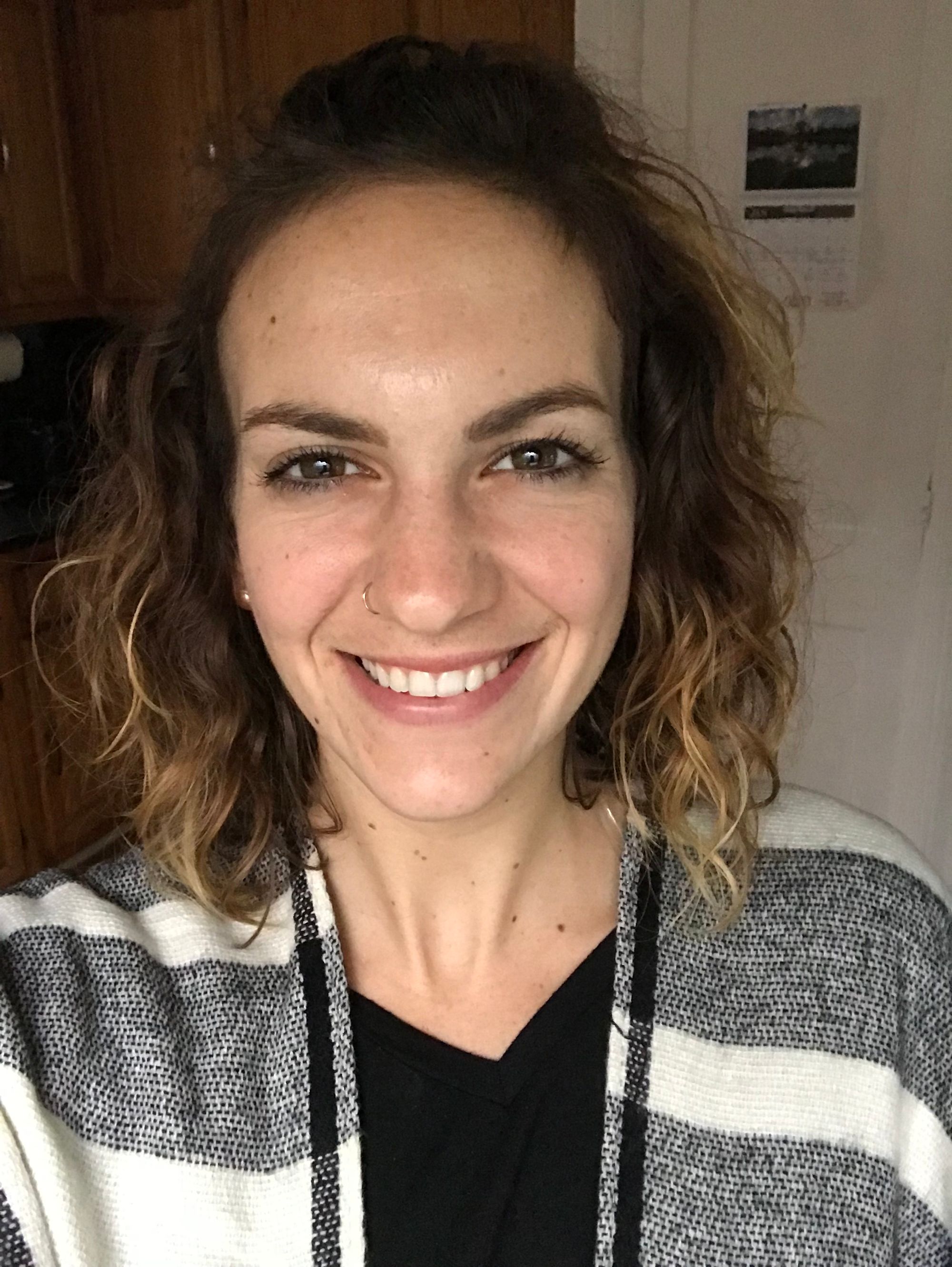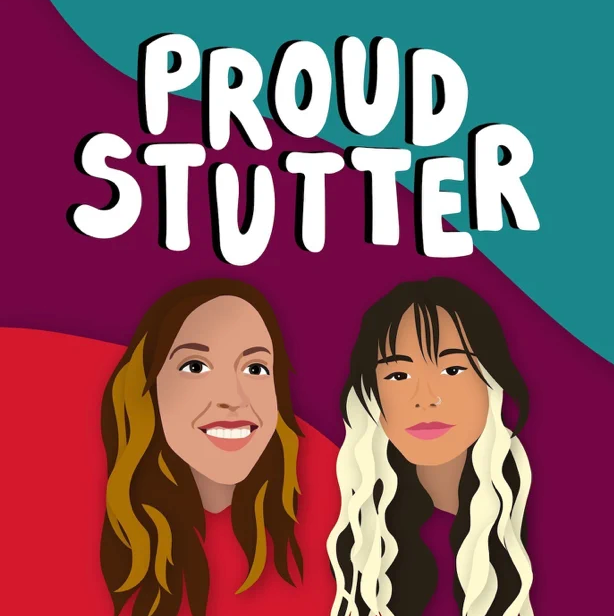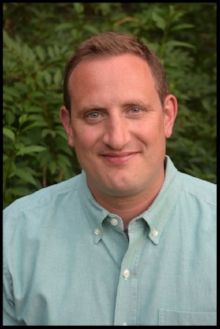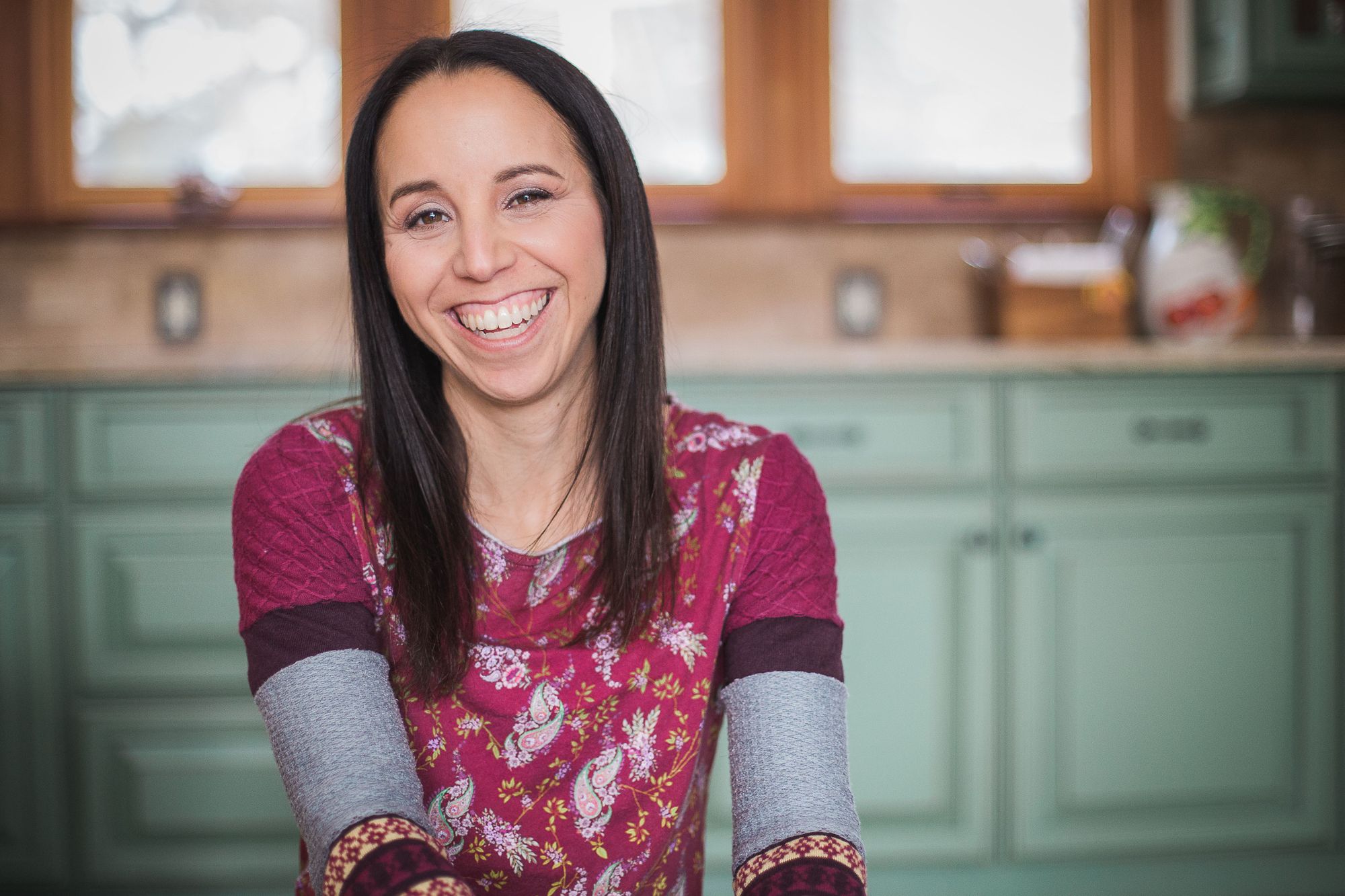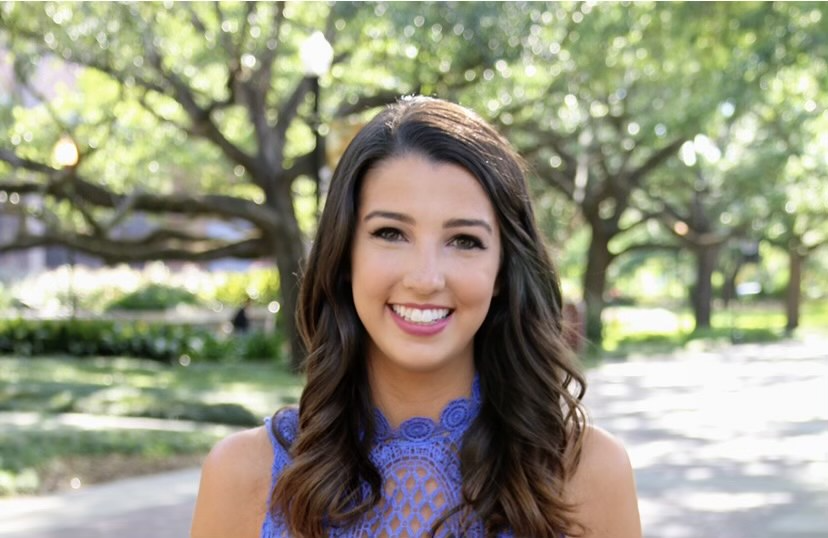It has been awesome to learn so much about my students' needs as well as Deafness and Deaf culture through working with my students and American Sign Language interpreters.
As speech-language pathologists, we often work with numerous other healthcare professionals. It is not uncommon for individuals with communication impairments to also need support in other areas, such as behavior, hearing, and feeding. Our periodic question and answer posts serve to provide insight and information about other professionals who work with many of the same individuals that we do. We are excited to spread awareness about the roles and responsibilities of these skilled professionals.
This month, we interviewed Micaela, a Teacher of the Deaf and Hard of Hearing in New York. She shared what she does and how she works with SLPs as she helps support students who are Deaf or hard of hearing (e.g. have hearing loss of some type). We learned more about her day-to-day tasks and hope you do too!
1. How did you get into being a teacher of the Deaf and Hard of Hearing?
My original path in college was actually to become a speech-language pathologist. However, in my senior year I heard about a teacher of the Deaf program and became very interested. Hearing loss is prevalent in my family and several members use hearing aids or cochlear implants so I have always been interested in this topic. I felt like this field gave me a good mix of the language component you would target as an SLP, while also working directly with people who are Deaf or Hard of Hearing.
2. What challenges you the most in your position?
As a teacher of the Deaf, I am certified to work with students from birth to 21 whose hearing could range from a mild loss to profoundly Deaf. I love the flexibility of this and the ability of working with students of different ages who all have varying types of hearing losses and needs.
It has been awesome to learn so much about my students' needs as well as Deafness and Deaf culture through working with my students and American Sign Language interpreters.
While I love having a variety of students as mentioned above, it does pose some challenges. Because my students have such different needs I have to adapt my teaching and materials to those needs daily. I could go from working with a kindergarten student on rhyming words to a high school student on chemistry vocabulary, all within a two hour time frame.
3. What is a common misperception about being a teacher of the Deaf?
A common misperception about working as a teacher of the Deaf is that all teachers of the Deaf know sign language, which is in fact not true! Some certification programs incorporate Deaf culture and sign language into the curriculum, while others focus more so on a listening and spoken language approach. The program I attended was oral-based so I am not fluent in sign language, but have definitely learned a lot over the years from classes and my students!
4. Do you ever work with other SLPs? In what ways?
As a teacher of the Deaf, we work closely with SLPs! Our work in schools and success for students is heavily connected so we are constantly communicating. This is so important because student's speech production can be affected by what they are hearing. For example, we are able to discuss common errors in a student’s production or perception of words, which we can then work together to determine if the errors are based on the student’s ability to hear all the sounds in the word or related to the production.
5. What is one thing you would like to share with parents/caregivers about what you do?
Something I would like to share with parents in my field would be to explore all language and listening opportunities for their child and ultimately do what is best for their family. It sometimes seems like it is a very black and white world, where children or even adults, need to speak or use sign language and cannot be immersed in both. However, I encourage families to explore all options without feeling so much pressure!
6. How has your job changed since COVID?
Since COVID, we have had to make many changes working in schools, which have been both beneficial and detrimental to the learning of Deaf and Hard of Hearing students. Unfortunately, mask-wearing and online learning has made it difficult since students are no longer getting clear auditory access whether someone is speaking in person with a mask or when listening through the computer. It also eliminates the ability for students to lip read or have any visual cues from people’s faces. However, there have been some positives as well, such as the increased use of closed captioning, posting of online assignments both in person and virtual, and additional visuals to support teaching. Teachers have been using these accommodations more during COVID to help all students but it has greatly benefitted students with hearing loss. I also think mask-wearing has brought a lot of awareness to hearing loss worldwide between the use of clear masks and everyone having to adapt to listening with masks on. It has helped us all to get a glimpse of what it would be like not having clear access to sound!
We are so thankful for Micaela for sharing her insights about the work she does.
Let us know if you would like to share about your job through a Q&A or have any other professions you would like to learn more about!
Check out our question and answers with other related professionals as well!

